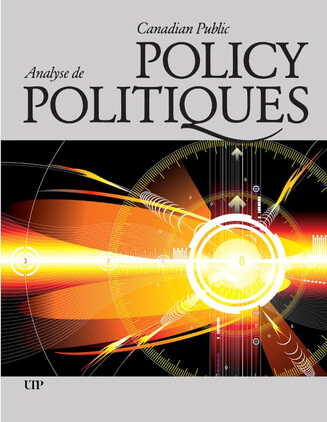FISCAL POLICY, RETURNS TO SKILLS, AND CANADA-US MIGRATION: EVIDENCE FROM THE LATE 1990S
ABSTRACT
In this study we develop, estimate, and simulate a nested logit model of migration among 59 Canadian and US sub-national areas, using over 70,000 microdata observations on workers across all deciles of the skill distribution obtained from the US and Canadian censuses of 2000/2001. Combining microdata on individual workers with area data, we are able to consider the effects on worker migration of tax policy differences across countries. Our ability to identify highly skilled individuals using these data enables us to simulate the effects of changes to taxes (under balanced budget conditions) on the migration propensities of individuals, as well as the magnitude of the aggregate migration streams. Simulations suggest that increasing Canadian after-tax returns to skills and implementing fiscal equalization (reducing the average Canadian tax rate to the average US level with offsetting expenditure reductions to maintain budget neutrality) would effectively reduce southward migration, especially amongst highly skilled workers. The required reductions in tax rates and public expenditures are relatively large, however, and therefore would be expected to raise other substantial public policy concerns.
Statistics
Web of Science Times Cited
1
Journal Citation Indicator
0.85

